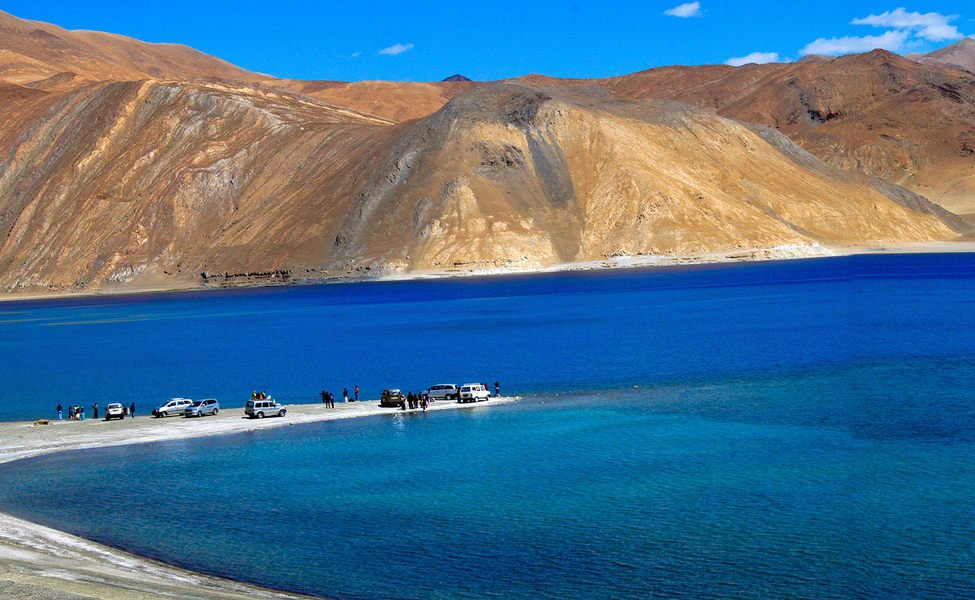
Nestled in the northernmost region of the Indian subcontinent, Kashmir has long been celebrated for its breathtaking natural beauty, rich cultural heritage, and a turbulent history that has captivated the world’s attention. Often referred to as “Paradise on Earth,” this region, with its stunning landscapes, picturesque valleys, and unique blend of cultures, is a destination that offers an immersive experience like no other.
Geography and Natural Beauty
Kashmir, situated in the northern part of the Indian subcontinent, is divided into three regions: Jammu, the Kashmir Valley, and Ladakh. Each of these regions is distinct in terms of geography and culture. The Kashmir Valley, surrounded by the majestic Himalayan and Pir Panjal mountain ranges, is perhaps the most renowned for its lush green meadows, pristine lakes, and serene rivers. The Dal Lake, with its iconic houseboats, is a symbol of the region’s natural beauty.
Kashmir is also home to some of the world’s most renowned gardens. The Mughal Gardens in Srinagar, built during the Mughal era, are a testament to the region’s historical significance and horticultural finesse. These gardens are a riot of colors, adorned with meticulously manicured lawns, terraced flowerbeds, and cascading fountains.
Cultural Diversity
Kashmir’s culture is a rich tapestry woven from the threads of various influences, including Hindu, Buddhist, and Islamic traditions. This diversity is reflected in its art, architecture, and festivals. The annual Amarnath Yatra, a Hindu pilgrimage to the Amarnath Cave, is a testament to the cultural and religious significance of the region.
The handicrafts of Kashmir are world-renowned, with exquisite Pashmina shawls, papier-mâché products, and hand-knotted carpets being some of the most sought-after souvenirs. The art of making these handicrafts has been passed down through generations, making them a cherished part of the region’s heritage.
Historical Significance
Kashmir’s history is as complex as it is captivating. It has witnessed the rise and fall of empires, from the Mauryas to the Mughals and the British. The region’s strategic location and abundant resources have made it a coveted prize for many throughout history. It has seen dynasties come and go, and it has been a melting pot of cultures, religions, and traditions.
Kashmir has also been at the center of political conflicts between India and Pakistan for decades, with both countries claiming the region in its entirety. The Kashmir conflict has had far-reaching consequences, affecting the lives of the people living there and shaping the geopolitics of South Asia.
Tourism and Challenges
Despite the region’s immense natural and cultural beauty, it has faced several challenges in recent years, including political instability, security concerns, and restrictions on travel. These challenges have impacted tourism, which used to be a significant source of income for the people of Kashmir.
However, in recent years, there have been efforts to promote sustainable tourism in the region, with a focus on responsible and eco-friendly practices. This initiative aims to not only preserve the natural beauty of Kashmir but also provide economic opportunities for the local population.
Conclusion
Kashmir remains an enigma, a place of stunning natural beauty and cultural richness, but also a region that has faced its share of challenges and conflicts. Despite the hardships, Kashmir continues to capture the imagination of travelers, artists, and scholars worldwide. It stands as a testament to the enduring power of nature and culture, inviting visitors to explore and appreciate its unique blend of history, art, and breathtaking landscapes. With hope for lasting peace and stability, Kashmir remains a paradise waiting to be discovered by those who seek its splendor.



